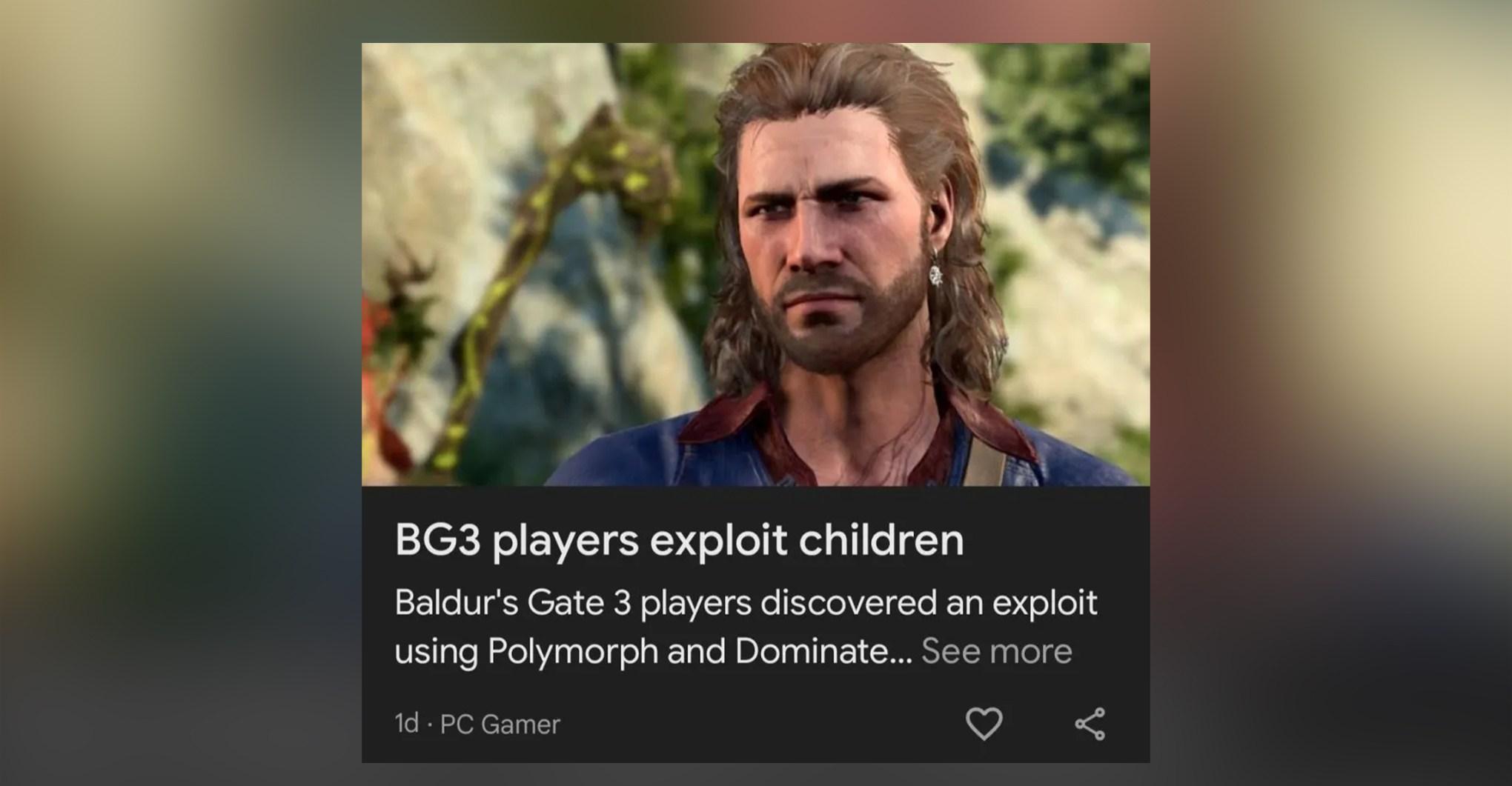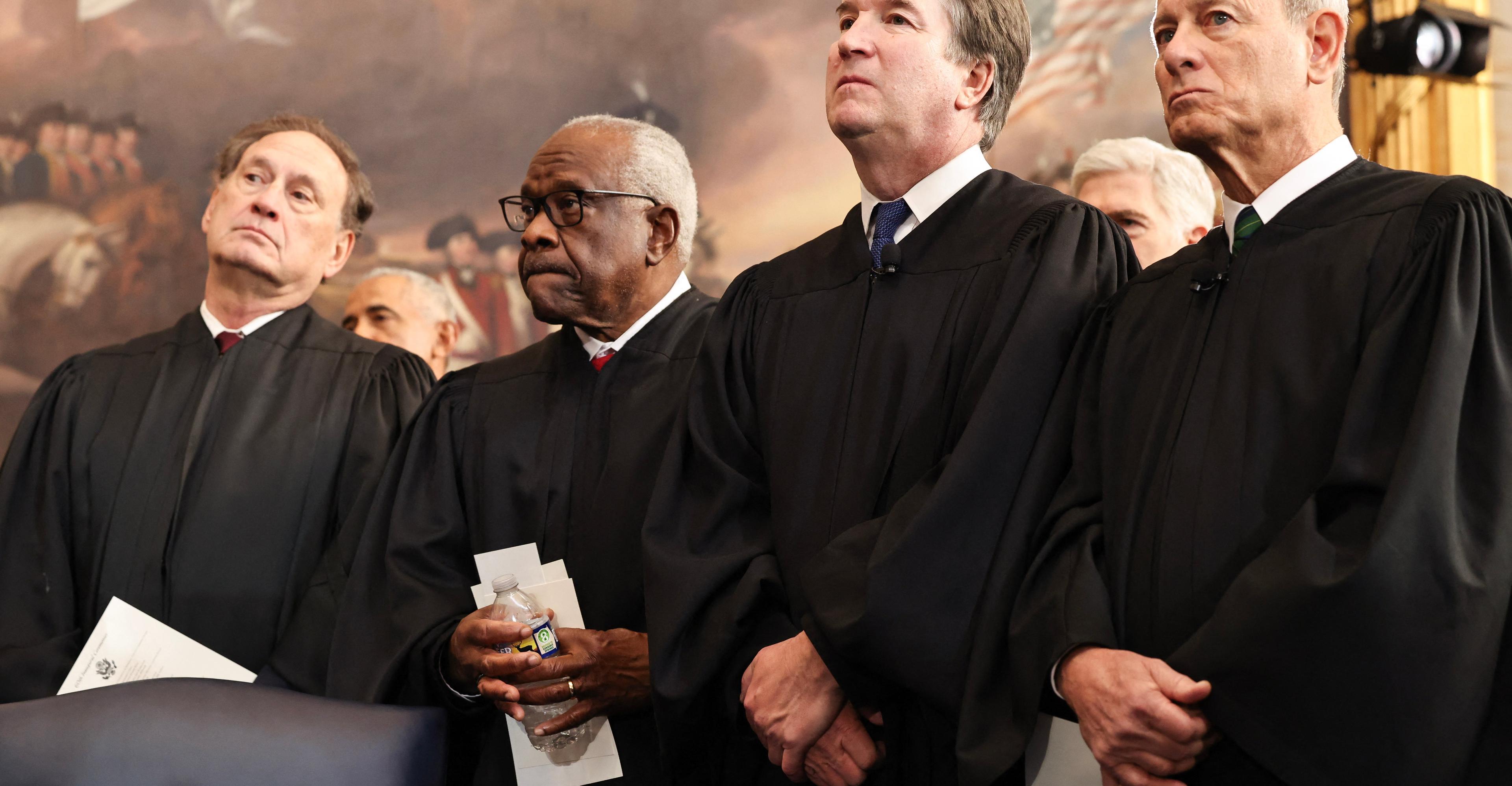Almost half of the continental US is used for meat production. There’s something better we could do with it.


Last month, an environmental group sued the federal government for failing to protect turtles from cows.
To understand this bizarre-sounding but important lawsuit, you first have to understand the nature of cattle ranching in the American West.
Some 215 million acres of public land in the West — over 10 percent of the continental US — is loaned to ranchers at bargain-bin prices for their cattle to graze. As the cattle graze, they tend to disrupt ecosystems and do a lot of damage to the land. They eat or destroy plants consumed by native species, like turtles, which can lead to biodiversity loss. Their manure pollutes rivers and streams, and as they move about, they erode soil.
“The problems are huge, sprawling, and major,” said Erik Molvar, a wildlife biologist and executive director of the Western Watersheds Project (WWP), the group that sued numerous federal agencies for failing to preserve the habitat of the Mojave desert tortoise and 77 other species. And, Molvar added, we don’t get much benefit from it. About 2 million cattle, or around just 6 percent of the US herd, graze on public lands. By one estimate, the land provides 1.6 percent of forage eaten by US cattle.
:no_upscale()/cdn.vox-cdn.com/uploads/chorus_asset/file/25015921/GettyImages_520573018.jpg)
“There’s this great mythos that the West is cattle country,” said Molvar. “But the reality is that’s not where the beef in your grocery aisle comes from.”
WWP alleges that for decades, the US Bureau of Land Management (BLM) and other agencies have violated an agreement they signed in 2001 that forbids cattle grazing in a part of Nevada’s Gold Butte National Monument in order to protect the desert tortoise, whose population has plunged since the 1980s.
One of the people accused of illegally grazing cattle on this protected land happens to be Cliven Bundy, the far-right cattle rancher who made a name for himself in 2014 after an armed confrontation with hundreds of his supporters against the BLM (the agency stood down and has allowed Bundy to continue illegally grazing his cattle).
:no_upscale()/cdn.vox-cdn.com/uploads/chorus_asset/file/25015927/GettyImages_1245159830.jpg)
While the lawsuit concerns the desert tortoise, Molvar said the problem extends far beyond this sliver of Nevada. BLM is generally mandated by federal law to assess the environmental health of grazing land before it renews ranchers’ permits, but Molvar said the agency often fails to do so, resulting in widespread environmental degradation (WWP sued BLM and other agencies last month on this issue, too).
The environmental nonprofit Public Employees for Environmental Responsibility (PEER), which is involved in the second WWP lawsuit, analyzed decades of BLM data and found that about half of the acreage it oversees that has been assessed fails to meet the agency’s own land health standards (in Nevada, it’s an alarming 83 percent). PEER points to livestock grazing as the primary source of land degradation. However, BLM doesn’t face any real consequences because for years, Congress has passed a rider that requires BLM to renew cattle grazing permits upon their expiration, with or without the required environmental analysis. According to Molvar, it’s a loophole that BLM is exploiting; in 2021, WWP says, more than half of cattle grazing allotments were authorized without the proper environmental review.
BLM declined to comment on the litigation and didn’t respond to questions about its grazing permitting in time for publication.
The permitting program is costing the federal government tens of millions of dollars annually to administer, all while giving cattle ranchers a deep discount on public lands. The market rate for private grazing land in the Western US was around $22.60 per animal unit per month (AUM) in 2019, but in that same year, the BLM charged ranchers just $1.35 per AUM.
Even worse, the federal government spends millions annually on its “Wildlife Services” division, which kills wild animals it deems a threat to grazing livestock. Last year, it racked up a body count of 1.75 million animals, or 200 per hour.
The programs that subsidize the beef industry represent some of the most striking examples of America’s tradition of “agricultural exceptionalism” — giving farmers and ranchers special treatment, like sweeping exemptions from critical environmental, labor, and animal welfare laws. Agribusiness also benefits from getting large swathes of the West to itself, illustrating a simple fact of land use in America: Contrary to the famous Woody Guthrie song, much of it isn’t for you and me — it’s for the meat industry.
Almost half of America’s land is used to make meat
The federal government’s livestock grazing program is just one part of America’s agricultural land use story. The other part is all the land used to grow crops to feed farmed cattle, chickens, pigs, and fish, which comes in at 127 million acres.
All told, a staggering 41 percent of land in the continental US is used for meat, dairy, and egg production. Globally, it’s more than one-third of habitable land. Much of it was once forest that’s since been cut down to graze livestock and grow the corn and soy that feeds them.
:no_upscale()/cdn.vox-cdn.com/uploads/chorus_asset/file/24760732/Screen_Shot_2023_06_29_at_10.19.46_AM.png)
You might be asking: So what? Agriculture is land-intensive, and we need food. But not all agriculture is equally land-intensive. Meat-heavy diets require far more land than low-meat and vegetarian diets.
:no_upscale()/cdn.vox-cdn.com/uploads/chorus_asset/file/25016006/SGGqf_meat_heavy_diets_require_a_lot_more_land_than_low_meat_and_vegetarian_diets.png)
If we ate less meat and more plant-based foods, we’d free up a lot of land, and we could use it to make a huge dent in climate change.
The “carbon opportunity cost” of meat production, explained
To avoid the worst effects of climate change, it won’t be enough to just reduce the amount of greenhouse gasses we spew into the air — we also need to remove them from the atmosphere. One effective way to do that, which doesn’t rely on unproven carbon capture technology, is by “rewilding,” or retiring agricultural land back to its original ecosystem so that its vegetation can sequester carbon dioxide. Much of that potential is currently wasted on inefficient livestock production — what climate scientists call the “carbon opportunity cost” of meat.
A 2020 study published in the journal Nature Sustainability highlights the immense environmental potential of changing how we farm and eat. Researchers found that if all high-income countries shifted to a plant-based diet from 2015 to 2050, they’d free up enough land to sequester 32 gigatons of carbon dioxide — the equivalent of removing nine years of all those countries’ fossil fuel emissions from the atmosphere. Globally, if we shifted to plant-based diets over that same time period, the land saved could sequester the equivalent of 16 years of global fossil fuel emissions.
Of course, it’s just a thought experiment. A worldwide shift to veganism is not nigh. But even moderate changes to our land use — by curbing meat and dairy consumption — would go a long way toward securing a livable planet for future generations.
A version of this newsletter originally appeared in the Future Perfect newsletter. Sign up here!
Pakistan, US agree to intensify cooperation on security matters
- 11 hours ago

Some of our favorite Cyber Monday deals are still kicking
- 4 hours ago

America has a new clash of civilizations — with European liberals
- 2 hours ago

Amazon is testing 30-minute deliveries
- 4 hours ago

The twisted reason why Trump is bombing Venezuelan boats
- 2 hours ago
Binance leadership holds high-level meetings in Islamabad
- 11 hours ago

The best thing I bought this year: a Zippo-sized rechargeable flashlight
- 4 hours ago
Pakistan legend Wasim Akram hails ‘incredible’ Starc after Ashes heroics
- 11 hours ago

The end of fur just got a lot closer
- 2 hours ago

Did Trump accidentally boost direct giving?
- 2 hours ago

Google is experimentally replacing news headlines with AI clickbait nonsense
- 4 hours ago

Apple Music Replay 2025 is back with new listening stats
- 4 hours ago








